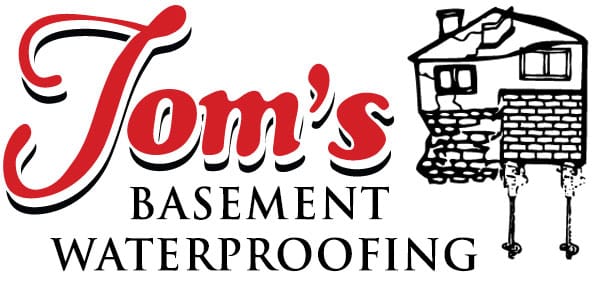A sump pump is an essential tool for flood-prone, humid, or leaky basements as it safely removes water and diverts it away from your foundation with minimal intervention. But how do you install one and choose a suitable unit for your home, and when should you call a professional? Please read below for our essential guide to sump pumps and advice on keeping your basement dry.
What Is A Sump Pump And How Do They Work?
To define a sump pump, we must first explain that a sump is a natural pit with a hole carved at the lowest point of your basement, which gives water a natural course to follow gravity and fall into. A sump pump is a device installed into the lower basin that takes the water and diverts it away from your home via a series of pipes. They primarily work off electricity and, in regular operation, will pump water out and into a drain field or nearby storm sewer. However, during extreme weather, which can knock out power, a backup or battery-powered pump can also be installed to kick in when water levels in the sump exceed a certain level.
Types Of Sump Pumps
There are two types of modern sump pumps that you will find on the market today. They are as follows:
- Submersible Sump Pump: As the name implies, a submersible sump pump stays immersed in water at the bottom of your sump pit and only activates when the water surpasses a certain level. These pumps work best when installed in areas with significant rain/snowfall or a high risk of flooding. Submersible pumps are the most powerful and can move thousands of gallons of water per hour. However, they are more expensive to install, repair and replace.
- Pedestal Sump Pump: Pedestal sump pumps take up more room than the submersible variety as they are commonly mounted above the sump pit and are ideal for emergencies and in basements that have room to accommodate them. They are noticeably less potent than submersible pumps and cannot reach the same flow rates. However, they are perfect for smaller spaces or those that experience only the occasional risk of flooding. Moreover, pedestal pumps are far less expensive and easier to access than the submersible variety.
How To Choose The Right Sump Pump Power Rating
Depending on the soil your foundation is built upon, you will want to choose a sump pump that the surrounding area can naturally absorb. Here is where a professional can help and give you direction. If your home is built upon sand or loose soil, a higher gallon-per-minute rating will likely be needed, whereas if the area around is predominantly clay or porous rock, you won’t need a high flow due to the soil’s water retention.
How A Sump Pump Is Installed
A sump pump can take anywhere from 4 to 10 hours to install, depending upon if you have a pit already dug. Steps for installation include:
- Cutting a hole in the basement floor
- Digging down to create a pit about 3-4 feet deep and wide enough to fit the pump
- Lining the pit with waterproofing material
- Placement of gravel for leveling
- Installation of the basin
- Placement of the sump pump in the basin
- Installation of piping which runs the distance to the drainage field or storm drain
Get Professional Basement Help With Tom’s Basement Waterproofing
We are your local experts for everything from sump pump installation and repair to egress window excavation and foundation waterproofing. Call us at (586) 776-7270 to schedule your free consultation today.

